17+ Sample Project Risk Management Plan
-
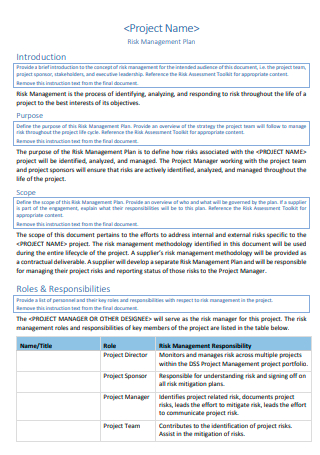
Project Risk Management Plan Template
download now -
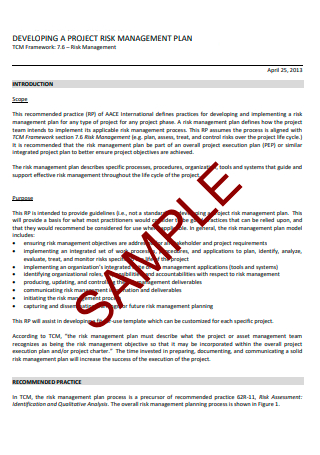
Sample Project Risk Management Plan Template
download now -
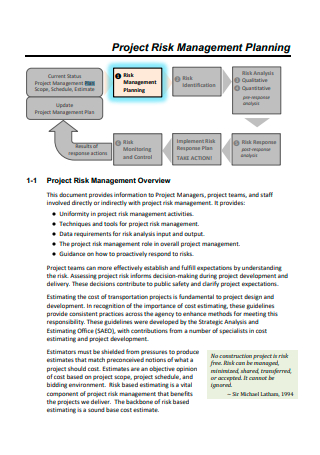
Project Risk Management Planning Example
download now -
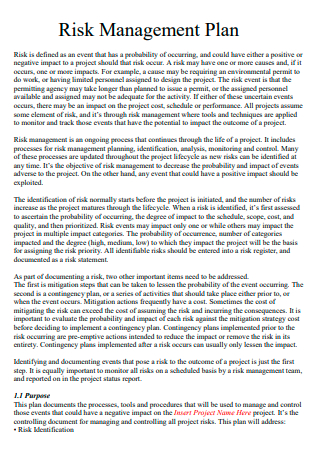
Standard Project Risk Management Plan
download now -
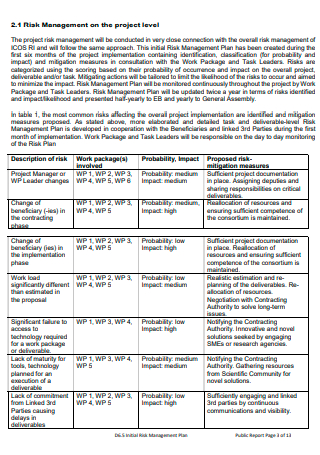
Project Level Risk Management Plan
download now -
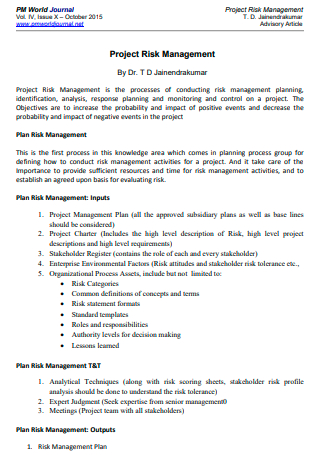
Project Risk Management Plan in PDF
download now -
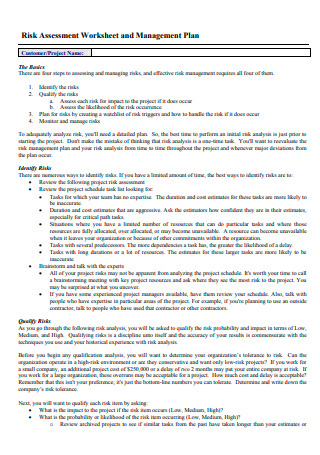
Project Risk Assessment Worksheet and Management Plan
download now -
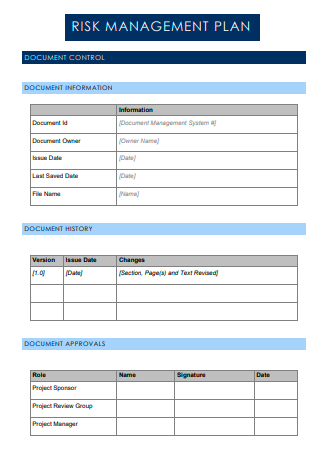
Basic Project Risk Management Plan
download now -

Printable Project Risk Management Plan
download now -
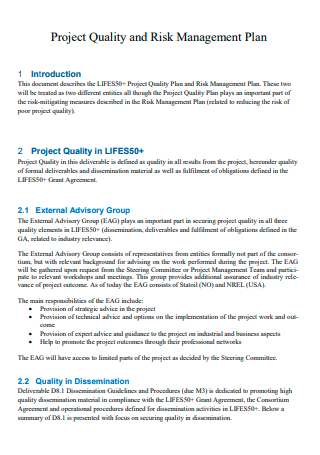
Project Quality and Risk Management Plan
download now -
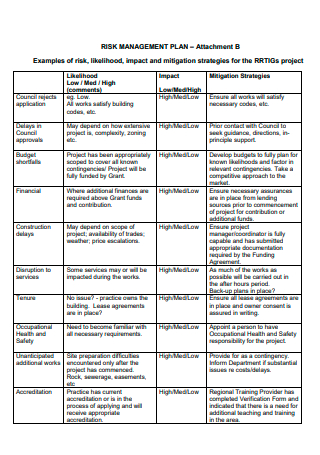
Project Risk Management Plan Example
download now -
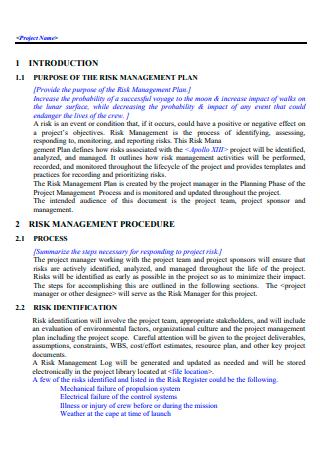
Formal Project Risk Management Plan
download now -
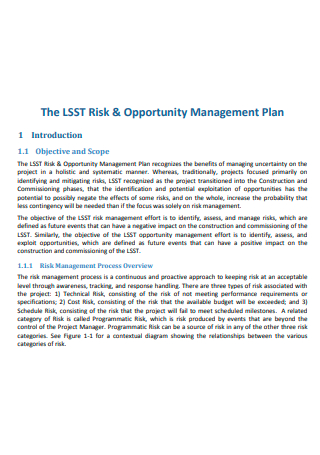
Project Risk and Opportunity Management Plan
download now -
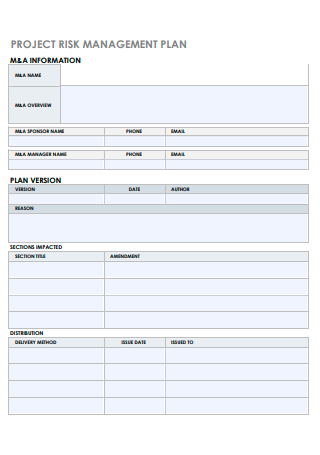
Project Risk Management Plan Format
download now -

Draft Project Risk Management Plan
download now -
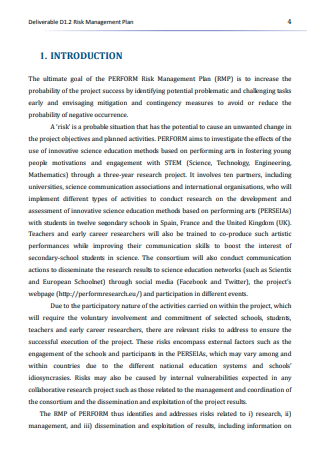
Simple Project Risk Management Plan
download now -
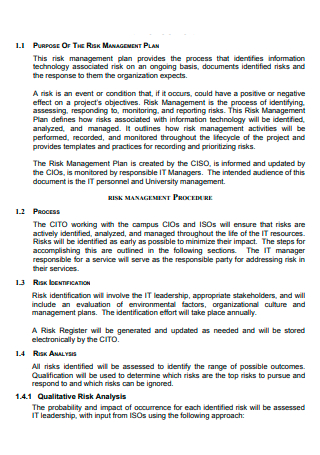
Project IT Risk Management Plan
download now -
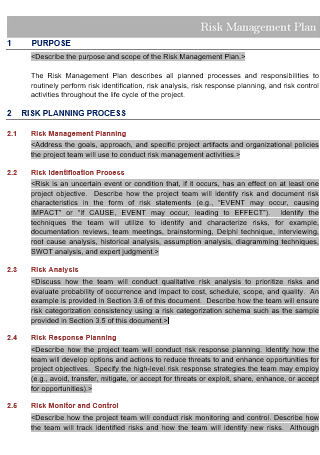
Project Risk Management Plan in DOC
download now
FREE Project Risk Management Plan s to Download
17+ Sample Project Risk Management Plan
What Is a Project Risk Management Plan?
Components of a Project Risk Management Plan
How To Write a Project Risk Management Plan
FAQs
How do you create a risk management plan?
What are the components of risk management?
How do you write a project risk assessment?
There are many risks in operating an organization, especially in developing multiple projects and programs that influence brand awareness and the growth and development of the organization. As such, preparedness is the answer to alleviating or mitigating the effects of risks in a business environment. For various industries that perform and develop different projects, preparing a project risk management plan is the best course of action. What is a project risk management plan, and what are the advantages of setting one up before planning and executing a project? The article seeks to provide its readers with valuable information about the project risk management plan, including its definition, components, and a helpful guide to help create one for their company. A section also addresses and answers frequently asked questions about the document.
What Is a Project Risk Management Plan?
A project risk management plan is a component of a project, program, or portfolio management plan that details and describes the process of structuring and performing risk management activities. The technical description of a risk management plan defines it as a document that project managers use to identify the possible risks to a project, estimate the impact and probability of these risks, and define the probable responses. The definition, however, misses a few nuances in explaining the importance of risk management plans to project managers. The first thing to remember is that not all risks that manifest during a project are bad. A risk is a moment of uncertainty. It means that there is no clear way of expressing what happens next, and these outcomes can positively or negatively affect the project and the company. Risks are uncertainties that come from the project scope, project budget, project costs, work schedules, and quality of deliverables. The main reason for creating a project risk management plan is to identify the scenarios and create a system that maximizes positive outcomes and mitigates the possibility of negative consequences.
According to the statistical data from Statista regarding the biggest risks of businesses worldwide, cyber security incidents rank the highest risk for businesses in 2022 at 44 percent. These cyber incidents refer to cyber crimes, IT failures, data breaches, and other fines and penalties. The rate of these scenarios continues to increase with a forecast to continue growing in the coming years.
Components of a Project Risk Management Plan
Project risk management plans are delicate documents that require sufficient time and effort to accomplish. The plan must be commensurate with the size and complexity of a particular project. It means that if the plan is small-scale and simple, the project risk management plan can range from one to two pages. However, if the plan is large and complex, the risk management plan is longer. Risk management goes hand in hand with project management and deals with managing certain risks, and it is one of the most vital aspects of project management. The section below details the different components of a project risk management plan and their respective descriptions to let readers understand them better.
How To Write a Project Risk Management Plan
For every type of project, whether it is a web design and development project, product design project, or construction project, there will be risks. This is the nature of the project management process. However, it is also advantageous to get ahead of these risks as much as possible by developing a risk management plan for the project. As the length of project risk management plans differs from one another, it still needs to have all the requirements to have a comprehensive document. The section below presents a step-by-step process to create the document.
-
1. Identify the Possible Risks that the Project Can Encounter
The risk identification process happens at the beginning of the planning phase and throughout the lifecycle of the project. While companies consider many of these risks as known risks, there must still be risk assessments to discover additional risks. Compose a risk breakdown structure to identify all possible risks, classifying them into risk categories after. Do this by interviewing project stakeholders and industry experts. Many of the identified project risks are put into different risk categories, like technical or organizational, and list them into more specific sub-categories after. The segments include technology, performance, interface, budget, and logistics, among others. It is also necessary to develop a risk register that you can share with team members for a centralized document of all the identified risks from the risk identification procedure. For your convenience, you can utilize an online project management tool to manage the risk register to make it easier to access for multiple stakeholders.
-
2. Conduct Risk Assessments for the Project
The next step in creating the project risk management plan is to review the quantitative and qualitative aspects of the risks and incorporate the findings into a risk register. It includes the likelihood of risk occurrence and its impact on the project. To do this, assign a risk likelihood score that measures the probability of the risk occurring during the project implementation as high or low. Next, map out the risk impact with assigned measurements and scores. It gives the team an idea of the likelihood of risk impact on the project and the urgency of the response to solve or mitigate the risk. To showcase the efficiency of the risk matrix and ensure a thorough understanding of the project management team, its members, and the project stakeholders to it, they can compute the overall risk score by multiplying the probability score and impact level of the project.
-
3. Construct a Risk Response Plan
The risk response plan is a type of action plan with the purpose of mitigating project risks when they happen. The risk response plan includes risk mitigation strategies that the team performs to prevent or mitigate the impact of these risks on the project. Risk response plans take up a price during implementation at the expense of time and project budget. As such, make sure to allocate the time and money for the risk management needs before writing the risk response plan for the project.
-
4. Identify and Assign Individual Responsibility and Accountability To Risks
For the next step in constructing the project risk management plan, it is necessary to assign risk owners for each project risk. The risk management team members that are risk owners have the responsibility and accountability for monitoring the assigned risks and supervising the performance of risk mitigation activities as necessary. When constructing the risk matrix and risk registers, identify the risk owners for each risk to reduce the occurrence of confusion and misunderstanding. It clearly defines the individuals responsible for handling the risk and implementing the necessary mitigation measures, identifying who needs to take immediate action. It is also advisable to record the exact risk response that the risk owner must perform for each risk item on the risk register and have the risk response plan reviewed and approved by the project stakeholders before its implementation. In this way, you can have a clear record of the issue and required resolutions for review at the accomplishment of the project.
-
5. Understand the Risk Triggers and Develop a Backup Plan
Triggers can happen with or without the existence of risk already in effect during the implementation of the project. This can especially be observable during project milestones to review the current status of the progress of the project. As such, consider reclassifying these risks accordingly. Even if the triggers do not appear, it is best to come up with possible backup plans as the project progresses. Consider the risk matrix and the risk register as living documents. It means that the project risks can change in classification at any point of the project implementation. As such, it is necessary to develop a contingency plan as part of the risk mitigation planning process. Contingency planning revolves around discovering new risks during project milestones and reevaluating the current risks to gauge if the conditions for the risk manifest. Any step of reclassification of risks involves adjusting the contingency plan to accommodate the revisions.
-
6. Measure the Risk Threshold
Measuring the risk threshold is about discovering which risks are too high and consulting with the project stakeholders to consider whether or not it will the project is worth implementing, according to the project budget, time, and scope. To determine the risk threshold for a project, consider the risks with high ratings or more than a few high scores and consult with the team leaders and project stakeholders to classify if the project itself is at risk for failure. Project risks that require further consultations are those risks that are beyond the risk matrix.
FAQs
How do you create a risk management plan?
The risk management plan process starts with identifying potential risks, and evaluating and assessing these risks. After, assign these risks to individuals for ownership, create preemptive responses, and continuously monitor these risks.
What are the components of risk management?
Risk management consists of risk identification, risk analysis, response planning, risk mitigation, and risk monitoring.
How do you write a project risk assessment?
When performing a project risk assessment, take note of the following steps:
- Identify the risk
- Determine the risk probability
- Determine the risk impact
- Find a solution for the risk
- Monitor and review the risk
Writing a project risk management plan requires brainstorming with various experts and stakeholders handling the project. When identifying and classifying risks, it is critical to negotiate with stakeholders and experts to make the most viable decisions regarding the project. It is also vital for the project risk management plan to list all possible risks that can arise during the lifetime of the project. In this way, it will be easier for the project team to mitigate and find solutions to the risks. Construct a comprehensive risk management plan by downloading the 17+ SAMPLE Project Risk Management Plan in PDF | MS Word from the article above, only from Sample.net.
